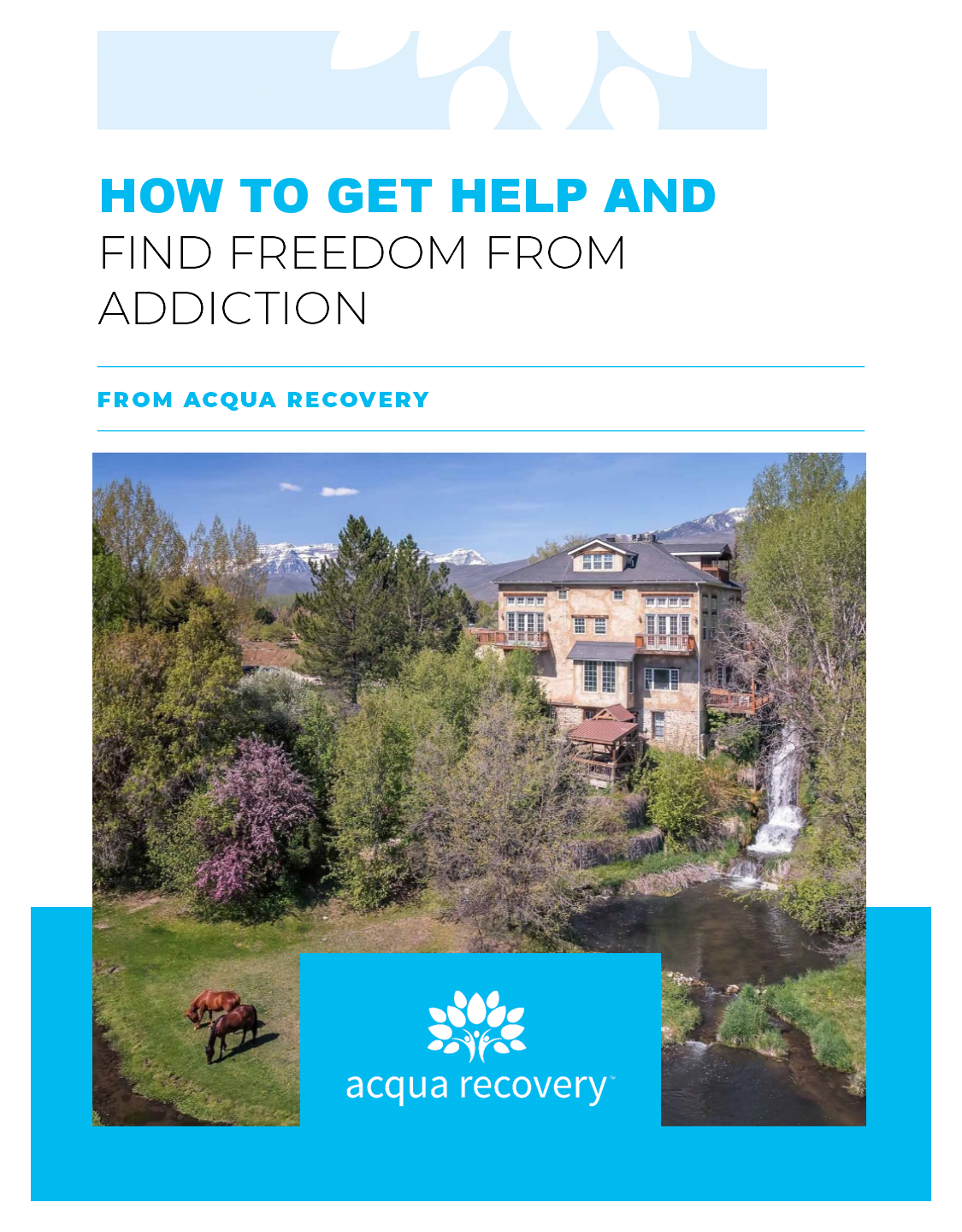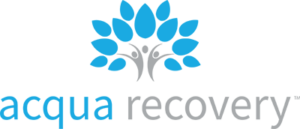Cocaine is one of the most addictive and destructive drugs out there. It can quickly take over a person’s life, causing serious health problems, destroying relationships, and leading to legal issues. Despite these risks, many people are drawn to its temporary high.
If you’re worried about how long cocaine stays in your system, you’ve come to the right place.
Discover cocaine detection times across various bodily samples—urine, blood, hair follicles, and saliva. Explore the mechanisms behind cocaine drug testing, its accuracy, and the impact of metabolism on results. Whether preparing for a drug test or seeking insight, this guide illuminates the effects of cocaine on your body. Additionally, explore treatment avenues like residential programs for lasting recovery.
Cocaine Detection Times by Test Type
The duration until crack cocaine remains detectable in your system varies based on factors like metabolism, frequency of use, and dosage. It’s important to note that individual variations may affect these timelines. If you’re concerned about crack cocaine detection or its effects, seeking guidance from medical professionals or addiction specialists is advisable.
Cocaine can be detected in urine for 2 to 4 days after last use for most casual users. However, for chronic or heavy cocaine users, it may be detected for up to 2 weeks. Urine testing is the most common method for detecting cocaine. The body metabolizes the drug into benzoylecgonine, and urine tests check for the presence of this metabolite.
Cocaine can be detected in the blood for up to 2 days. Blood testing is not commonly used for employment or legal screening since it requires a blood draw, but blood tests can determine if a person has used cocaine recently.
Cocaine metabolites may be detectable in saliva for 1 to 2 days. Saliva testing is increasingly being used as an alternative to urine testing. It is non-invasive but may not detect cocaine use as long as urine testing is done.
Cocaine use can be detected by hair follicle testing for up to 90 days. Hair testing is not commonly used for employment screening due to the high cost, but it can be useful for detecting long-term cocaine use or abuse.
The timelines above assume a one-time use of cocaine. Chronic or long-term use will increase the window of detection for all test types. The only way to ensure a negative drug test is to avoid cocaine use altogether. If you’re struggling with cocaine addiction, the best option is to seek help from a residential rehab program where you can safely detox and build a foundation for recovery.
What is Cocaine Testing and How Does It Work?

Cocaine testing refers to the various methods used to detect the presence of cocaine or its metabolites in biological samples, such as urine, blood, saliva, or hair. These tests are commonly employed for various purposes, including drug screening in workplaces, law enforcement, medical settings, and rehabilitation programs.
Urine testing is the most commonly used method for detecting recent cocaine use. It involves collecting a urine sample from the individual, which is then analyzed for the presence of cocaine metabolites, primarily benzoylecgonine. This metabolite remains in the urine for a longer period than cocaine itself, making it easier to detect. Urine tests can provide rapid results and are relatively non-invasive.
Blood testing is less common than urine testing for cocaine detection but may be used in situations where recent drug use needs to be confirmed. Cocaine and its metabolites can be detected in the bloodstream shortly after ingestion. Blood tests are more invasive and require specialized equipment for analysis. They are typically used in forensic investigations or medical emergencies.
Saliva testing is becoming more popular for drug screening due to its ease of collection and non-invasiveness. Saliva tests can detect the presence of cocaine shortly after use, typically within a few hours. These tests are often used in roadside drug testing by law enforcement or in workplace drug screening programs.
Hair testing can detect cocaine use over a longer period of time, as traces of the drug and its metabolites are incorporated into the hair follicle as it grows. This method can detect cocaine use for up to several months after ingestion, depending on the length of the hair sample taken. Hair testing is often used in forensic investigations or in cases where long-term drug use needs to be assessed.
Sweat testing involves collecting sweat from the skin using specialized patches or devices. Cocaine and its metabolites can be detected in sweat, although this method is less commonly used than urine or hair testing due to potential issues with sample collection and analysis.
Cocaine testing methods have their advantages and limitations, and the choice of testing method depends on factors such as the purpose of testing, the detection window required, and the sample collection process.
What is Cocaine Half-Life?
The half-life of cocaine, which refers to the time it takes for half of the drug to be metabolized and eliminated from the body, is approximately 1 hour. This means that if someone were to ingest a certain amount of cocaine, after about an hour, only half of that amount would remain in their system. However, it’s important to note that individual factors such as metabolism, frequency of use, and dosage can influence how long cocaine stays detectable in the body.
What are the Signs of Cocaine Addiction?
Symptoms of cocaine addiction may differ among individuals, yet typical signs include:
- Increased Tolerance: Needing more cocaine over time to achieve the same effects.
- Withdrawal Symptoms: Experiencing physical and psychological symptoms when not using cocaine.
- Cravings: Intense urges or desires to consume cocaine.
- Neglecting Responsibilities: Failing to meet obligations at work, school, or home due to cocaine use.
- Social Isolation: Isolating from family, friends, and social engagements.
- Financial Issues: Spending significant amounts of money on cocaine despite financial strain.
- Deceptive Behavior: Lying about cocaine use or engaging in secretive behavior to conceal it.
- Changes in Behavior: Erratic or unpredictable behavior, mood swings, and irritability.
- Physical Symptoms: Dilated pupils, frequent nosebleeds (if snorting cocaine), weight loss, and insomnia.
- Legal Problems: Involvement in legal issues related to cocaine possession or distribution.
Addiction is a complex issue, and the presence of one or more of these signs doesn’t necessarily confirm cocaine abuse. However, if you or someone you know exhibits several of these indicators, seeking professional help is advisable.
Cocaine Addiction Treatment and Recovery
Once you decide to get help for cocaine addiction, finding the right treatment program is the next important step. Residential rehab centers provide intensive treatment in a controlled environment, away from triggers and access to drugs.
Upon entering a residential program, the initial phase involves detoxification from cocaine, usually lasting 3 to 7 days. Detox helps your body clear itself of cocaine and any other substances, so you can focus on recovery with a clear mind. After detox, you’ll move on to rehab, where the real work begins.
The cornerstone of cocaine addiction treatment is therapy and counseling. Both group and individual talk therapy can help uncover the underlying causes of your addiction and give you strategies to avoid relapse. Cognitive-behavioral therapy is especially helpful for changing unhealthy thought and behavior patterns.
An important part of rehab is learning new coping mechanisms to deal with cravings, triggers, and stress. Things like exercise, art or music therapy, meditation, and journaling can help you express your feelings in healthy ways. The more tools you have in your toolbox, the better prepared you’ll be to handle challenges after rehab.
Continued follow-up care is vital for maintaining sobriety after rehabilitation. This may include sober living housing for a few months, outpatient therapy, 12-step meetings, and alumni support groups. Staying connected to a recovery community will help keep you accountable and offer support from others who understand what you’re going through.
Get Help for Cocaine Addiction Treatment at Acqua Recovery

If you or someone you know is facing cocaine addiction, seeking professional help is essential for recovery. Acqua Recovery, a renowned addiction treatment center, offers comprehensive programs tailored to address cocaine addiction effectively.
At Acqua Recovery, individuals receive personalized care from experienced professionals who understand the complexities of addiction. The treatment approach combines evidence-based therapies, counseling, support groups, and holistic techniques to address the physical, psychological, and emotional aspects of addiction. With residential treatment options, individuals can focus on recovery in a supportive environment. Reach out to Acqua Recovery for the help needed to start the journey to recovery.











